7 ways to prevent limescale in your shower
Here are 7 ways you can deter limescale in the shower

The bathroom is arguably one of the most difficult areas to keep clean — particularly the shower. This is because it’s naturally a very humid space, which makes it all too easy for limescale to form in every crevice, especially is you have a hard water supply. Before you know it, your glass door appears milky white, your grout has turned a vibrant orange, and your shower head is looking rather crusty — not a pleasant combination.
And to make matters worse, once you manage to remove this limescale by learning how to clean a glass shower door, it seems to rear its ugly head again all too soon. The good news is that there are ways you can prevent limescale from forming in the shower. All it takes are a few small changes in habit and some TLC. Want to learn more? Follow these tips to keep your shower limescale-free for longer.
1. Wipe out immediately after use
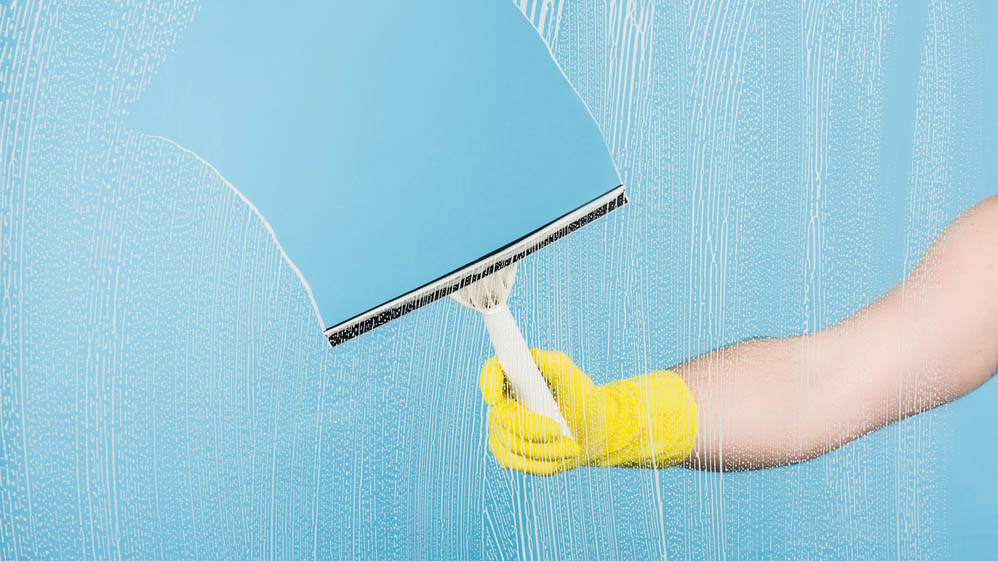
As soon as you’re finished with the shower, it should be wiped out thoroughly to remove as much water as possible. Start with a squeegee — swipe the water away in rows, working from top to bottom across the entirety of the shower. If your shower has any shelves or flat surfaces where you keep your soaps and shampoos, move these out of the way and swipe this area too.
Then, take a dry towel and buff away what remains from the walls, door and floor. Make sure you work the towel into the corners of the grouting and against the edges of the floor. Don’t leave any puddles on the base either — any remaining moisture can contribute to limescale as well as mold.
Give the shower head a wipe as well, although if it's already covered in limescale be sure to learn how to clean a shower head first. Some recommend using window vacuums in the shower, but in my experience this is a much slower method which doesn’t effectively remove water from the crevices. Save some money and stick with a squeegee and towel.
2. Vent the room
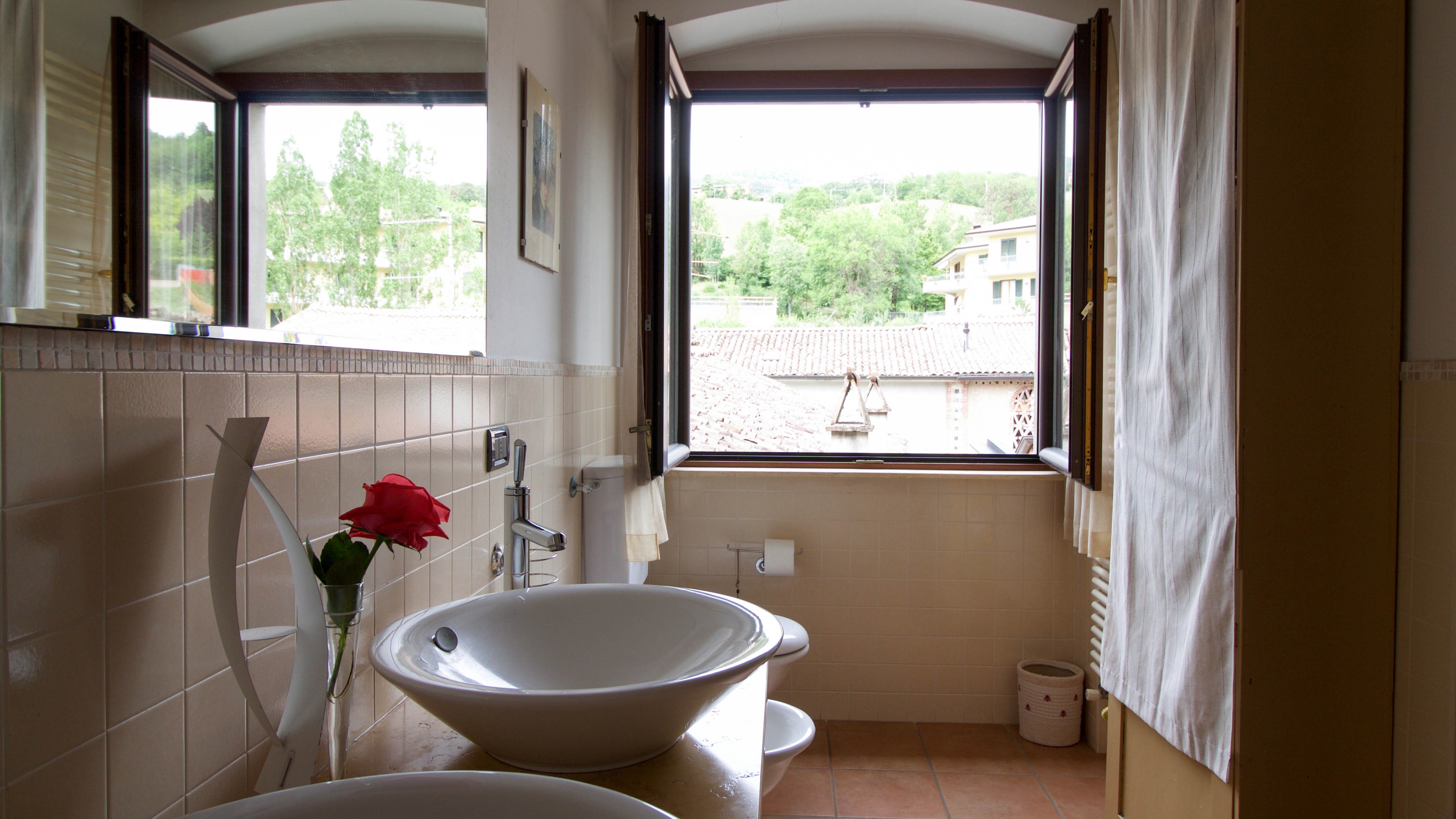
While your shower may be dry, don’t forget that there’s still a lot of potential humidity in the room. Once you’ve finished showering, open your doors and windows to allow the bathroom to effectively vent. In doing this, any residual moisture in the atmosphere will be released, which discourages mold as well as limescale. Feel free to use your bathroom's vent fan as well to give a helping hand.
You can always use a humidity reader to keep an eye on the conditions, such as the ThermoPro TP55 ($15.99, Amazon). For general guidance, you want the indoor humidity to sit between 30-50%. Remember that any moisture will ideally need venting to the outdoors too — by simply leaving the bathroom door open, you will only be releasing the humidity into your home, encouraging mold. So open up a window if possible.
Sign up to get the BEST of Tom's Guide direct to your inbox.
Get instant access to breaking news, the hottest reviews, great deals and helpful tips.
3. Don’t hang used towels over the glass door
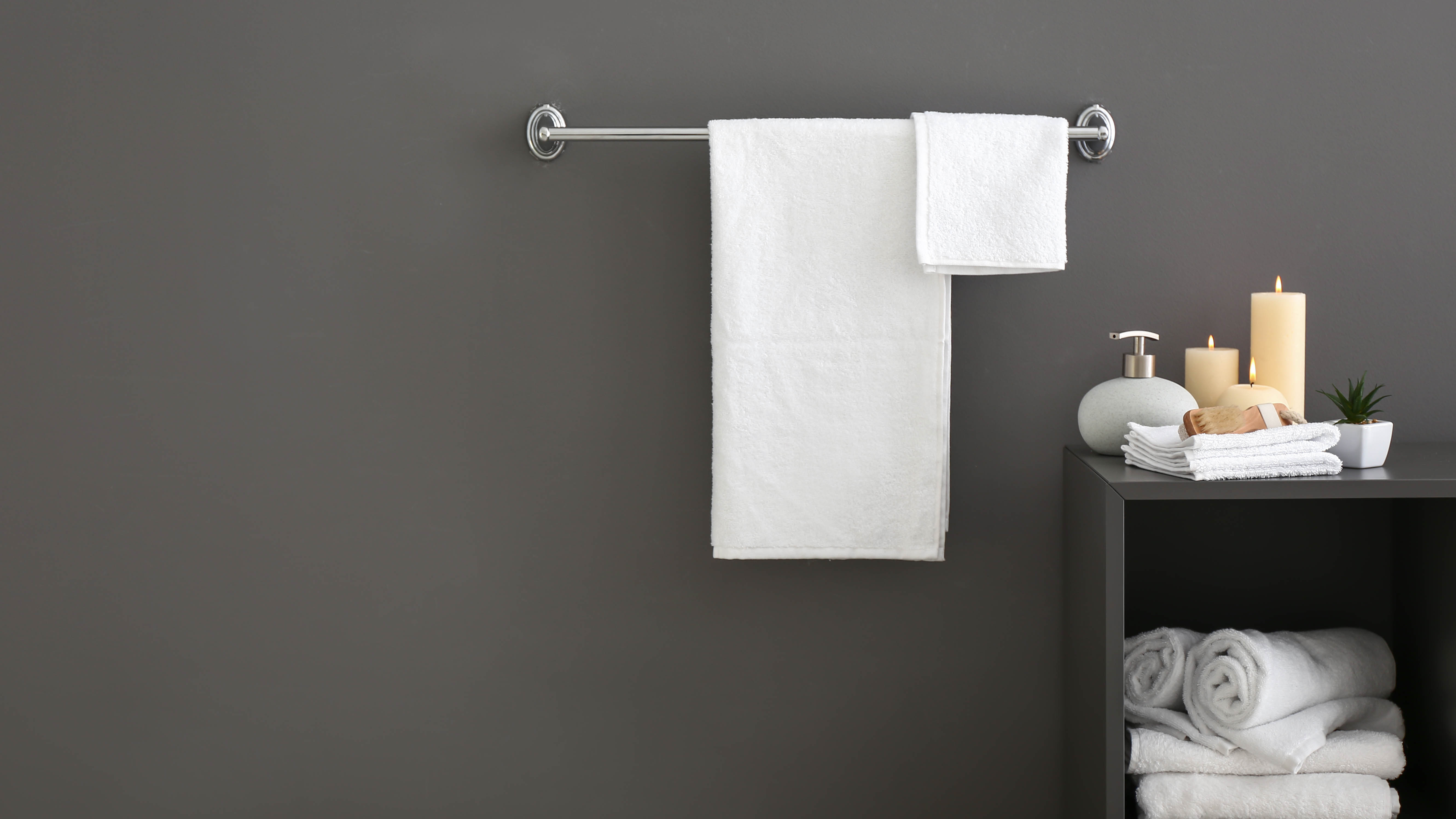
It may seem like a convenience to throw your used towel over the glass shower door, but this is actually doing more harm than good. As the wet towel dries against the glass, it’s reintroducing moisture. As a result, you will soon notice tiny streaks and specs of limescale forming on the glass where the towel has been. This can appear quite obvious against an otherwise clear shower door.
On top of this, your towel won’t be drying effectively either. A towel needs access to adequate ventilation on both sides of the material to dry quickly. By hanging it against the glass, you’re essentially stifling the towel and slowing the drying process. This is why you might find the towel smells musty fairly quickly when drying via this method. Instead, hang your towels flat and spread them out across a dedicated drying rack for best results. Again, make sure the room is ventilated.
4. Optimize your shower time
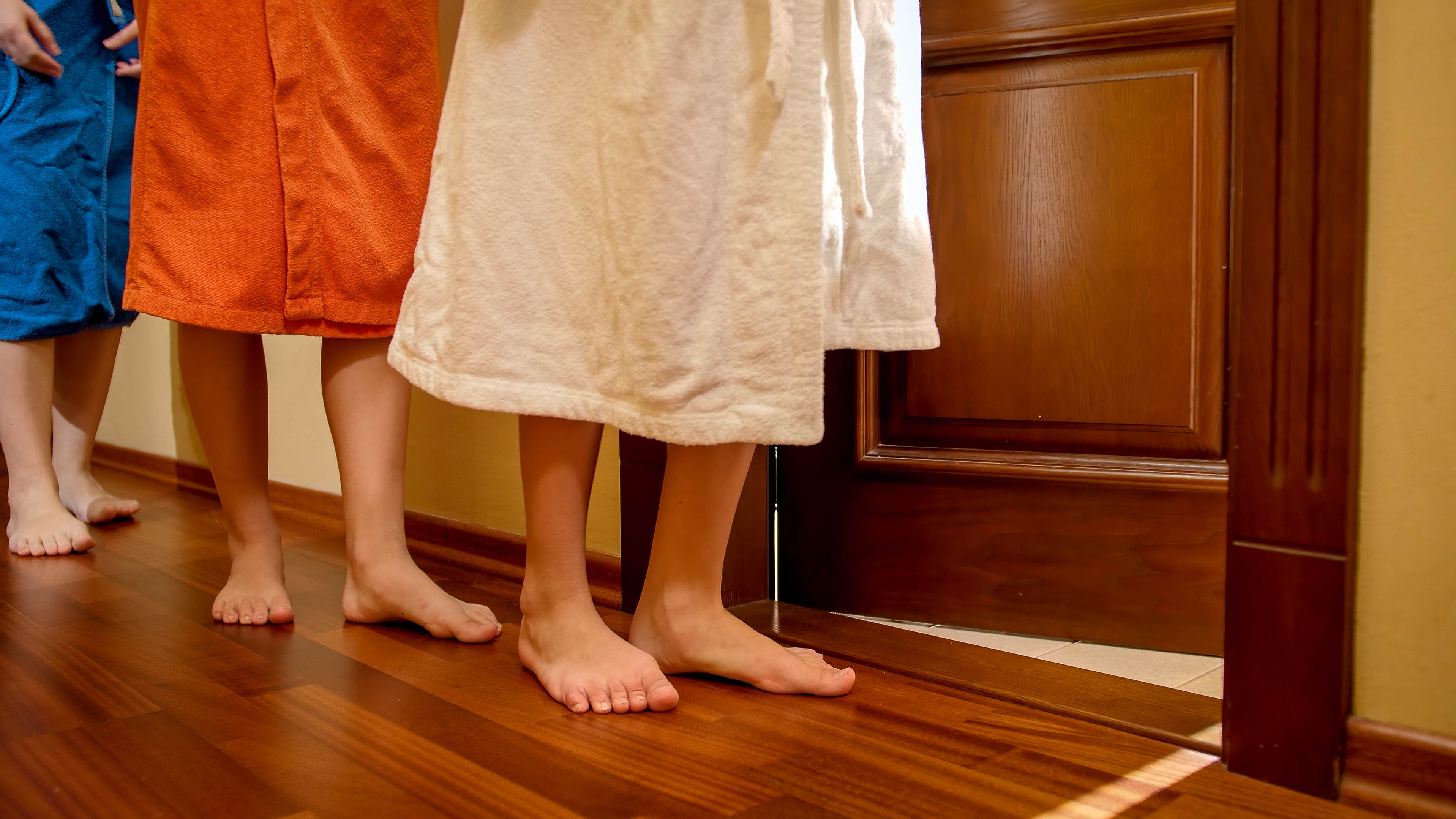
Each time you use the shower, you’re creating a humid environment which, if not dried properly, will provide ideal conditions for limescale to grow. Even if every care is taken, there’s unfortunately still a chance of limescale forming after each use. So, to reduce its opportunity to grow, make each household member shower consecutively, one after the other. That way, your shower won’t be going from wet to dry so often, and there’s less chance for limescale to form.
Just make sure the shower isn’t left damp for a prolonged period between each family member. Otherwise this method becomes counterproductive. If you suspect a short delay between the shower’s next use, you can always run a squeegee over the walls and door to remove the majority of water droplets in the interim. We recommend the OXO Good Grips All-Purpose Squeegee ($9.95, Amazon).
5. Use a daily shower cleaner
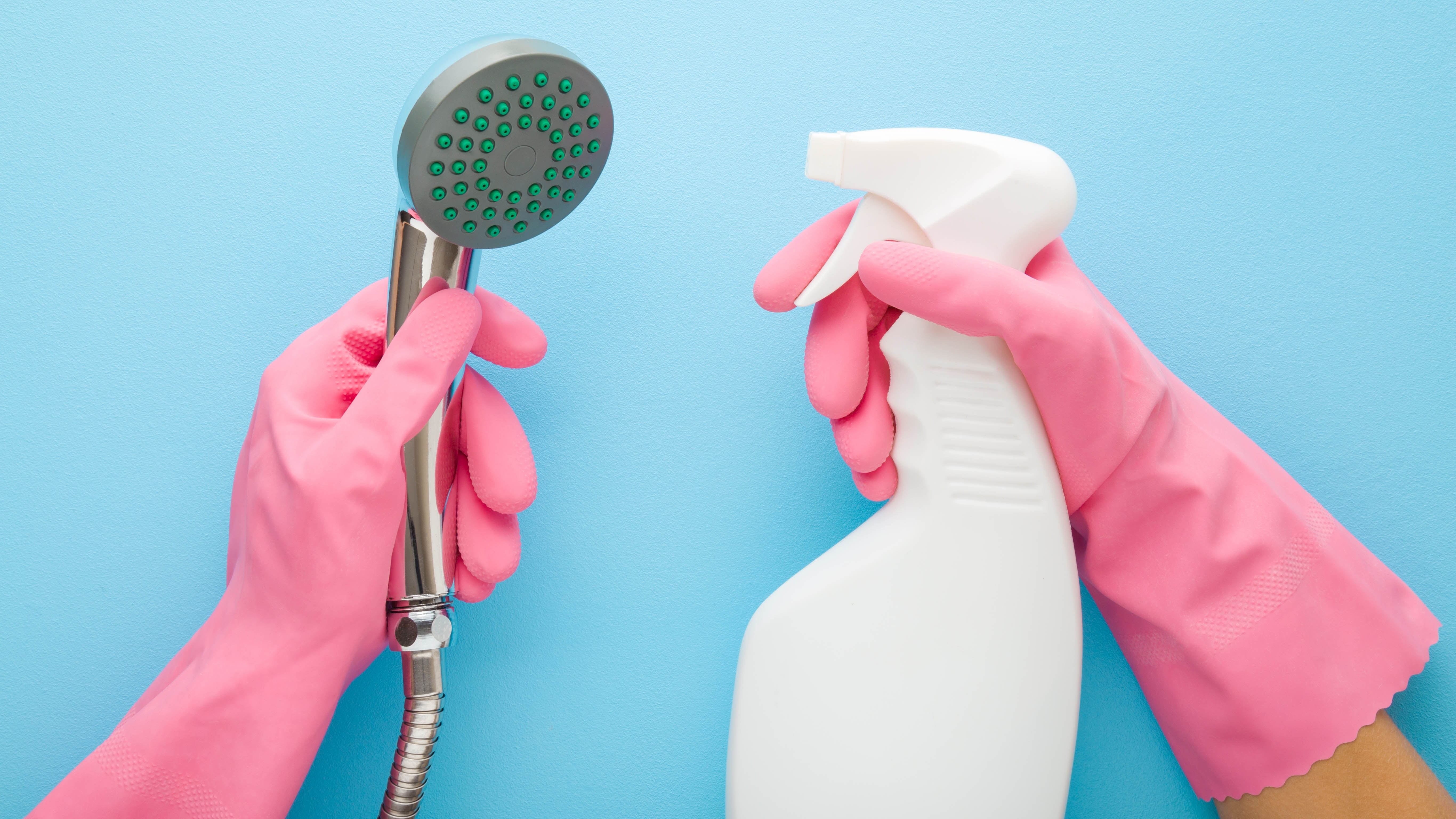
It can't hurt to give your shower a helping hand, and one way to do this is by using a daily shower cleaner with limescale preventative properties. An example of this would be Astonish Daily Shower Shine ($16.67, Amazon). With this, you essentially spray all of the surfaces of your shower once you’ve finished, then leave it to dry, no scrubbing necessary. It’s a very quick and hassle-free method. Although you need to make sure you achieve even coverage.
It’s worth highlighting that this is a different product to a dedicated shower cleaner, which you will likely have to scrub and rinse. A daily shower cleaner is a finishing spray which can help deter limescale and watermarks in the future. I will also say that, in my experience, a daily shower cleaner is not enough on its own to keep limescale at bay. You will still need to follow the other methods here, such as ventilating the room etc. Don’t rely on your daily shower cleaner to do everything.
6. Opt for a water softener
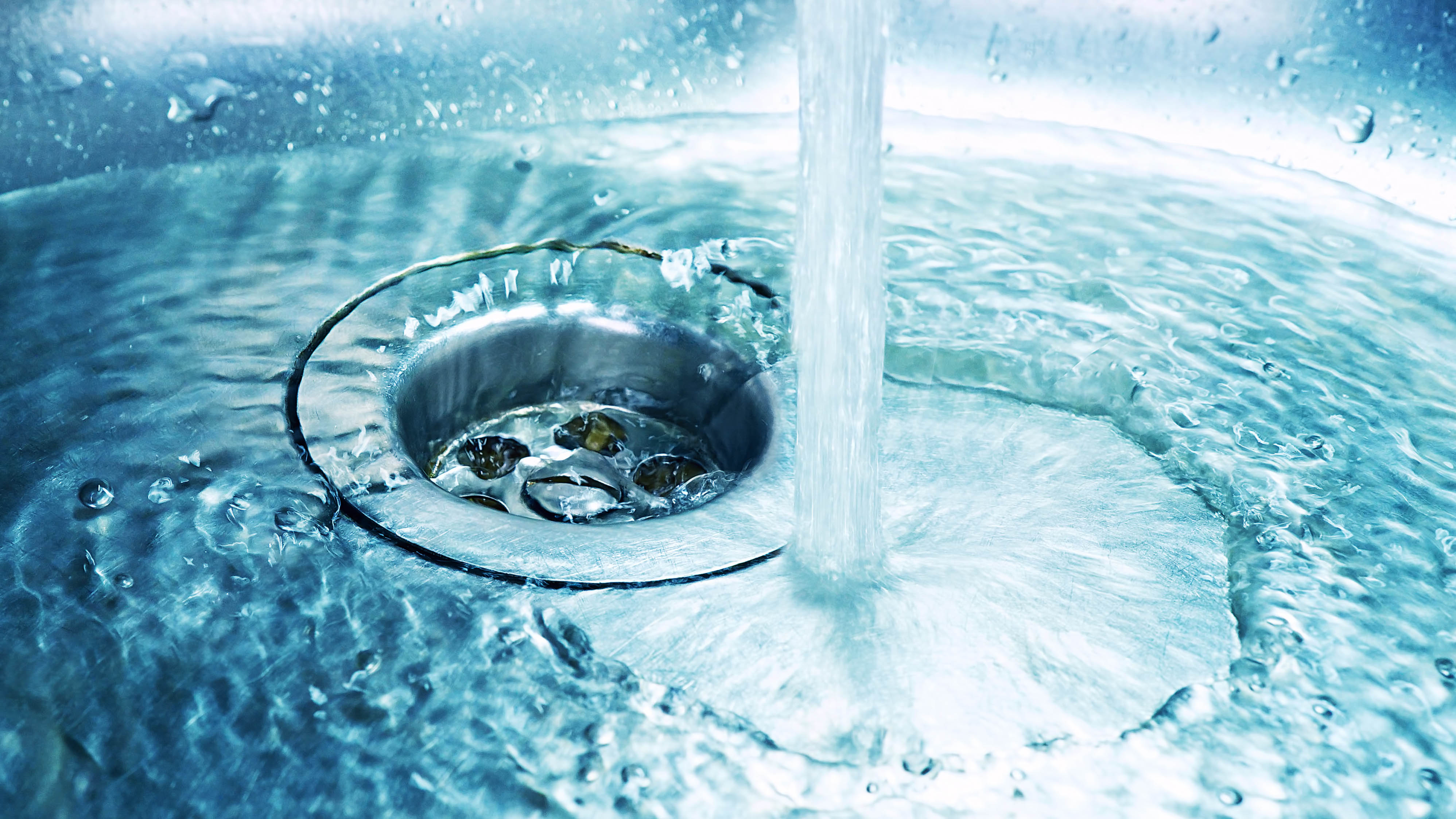
For those who live in hard water areas and really struggle with limescale, not just in the shower, but around the home, a water softener may be the answer. This is an expensive solution, but by installing a dedicated water softener in your home, you’re effectively lowering the calcium and magnesium minerals in your water which contribute to limescale, while adding sodium at the same time to soften it.
This is useful in more ways than one. A water softener can descale the pipes around your home, potentially helping your washing machine last longer. It can also help improve the efficiency of your heating system for the same reason, saving you money in the long term. Soft water is better for removing residual soap as well, which can be ideal for those who suffer from sensitive skin. We recommend the Whirlpool WHES30E 30,000 Grain Softener ($592.67, Amazon), however you should have a professional install your water softener system if you’re unsure.
7. Use a dehumidifier
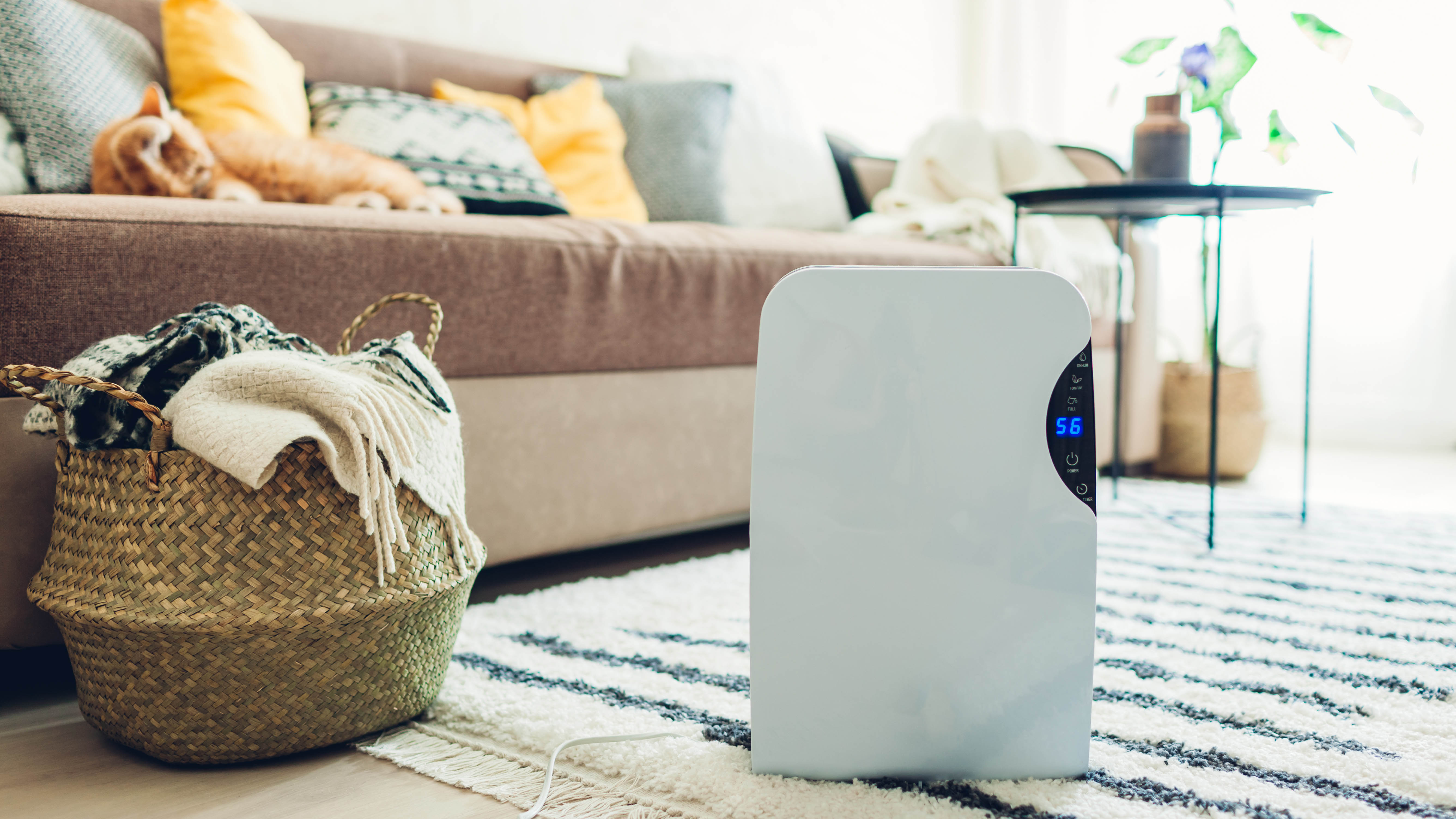
Lastly, if your bathroom lacks ventilation, another useful purchase would be one of the best dehumidifiers. By letting one of these appliances run once you’ve finished showering, you’re effectively lowering the humidity levels of the room by filtering the moisture out of the air. This water can either be pumped away, or you can manually empty the tank once it’s full.
When it comes to choosing your dehumidifier, remember that these come with different capacities to suit smaller or larger rooms. If it's just for your bathroom, a small capacity might be enough. But, if you want to make use of it around other areas of the home, a larger size might be necessary. Look out for Energy Star certified models to save on energy as well.
If your shower is suffering from mold as well, be sure to check out how to get rid of mold to get it looking like new again.
For more bathroom-related tips, tricks and how tos, check out how to clean a shower head, how to unclog a shower drain and how to clean a shower curtain. Plus, should you shower in the morning or at night? Here's what the experts say.

Katie Mortram used to be a Homes Editor for Tom's Guide, where she oversaw everything from kitchen appliances to gardening tools, as well as smart home tech. Specializing in providing expert advice for cleaning and home manintenance, she now works as Household Advice Editor for Good Housekeeping.
